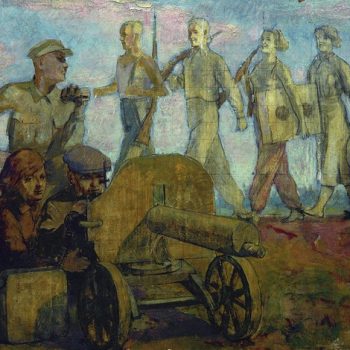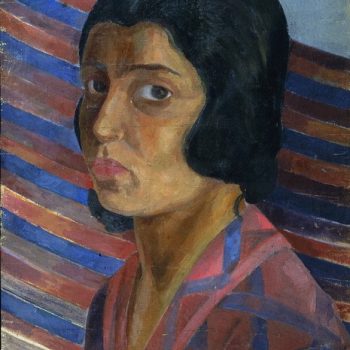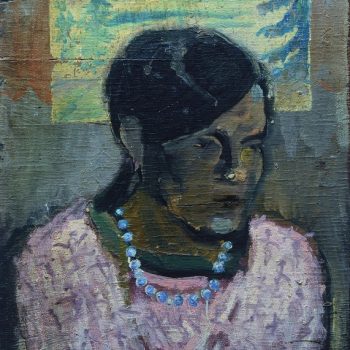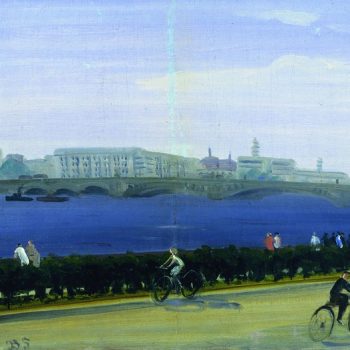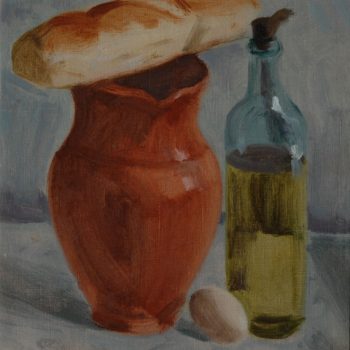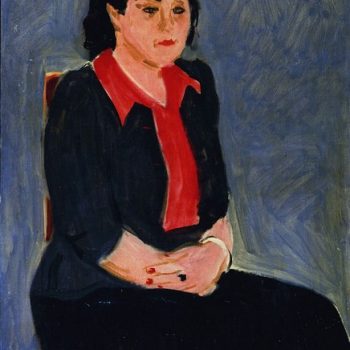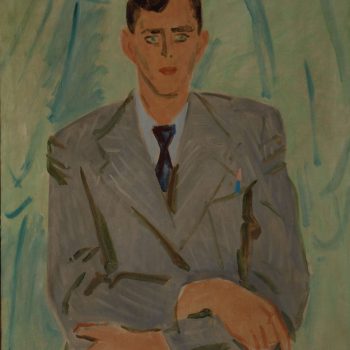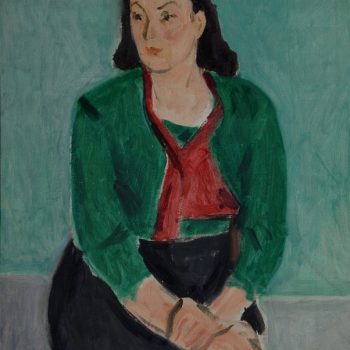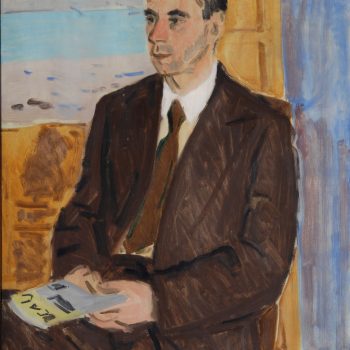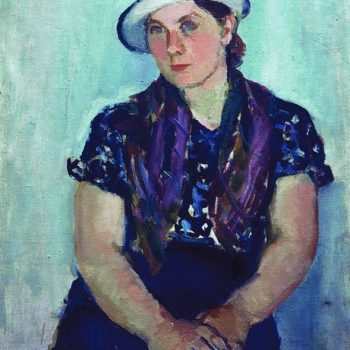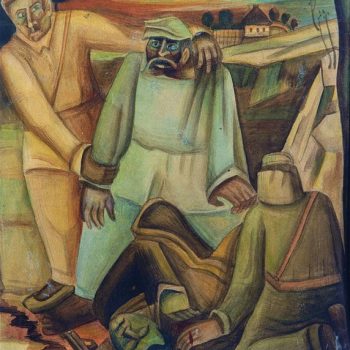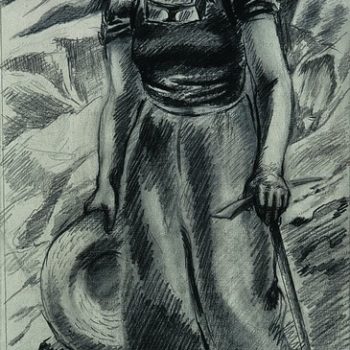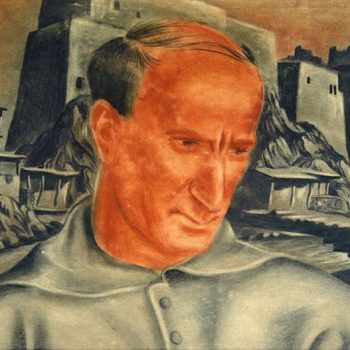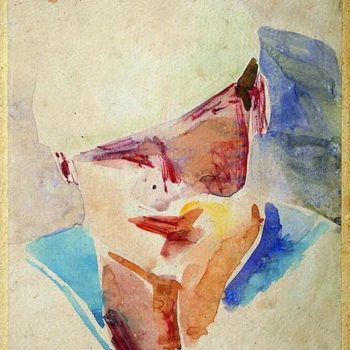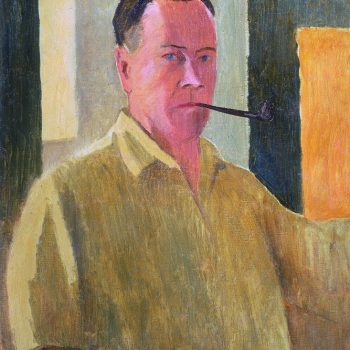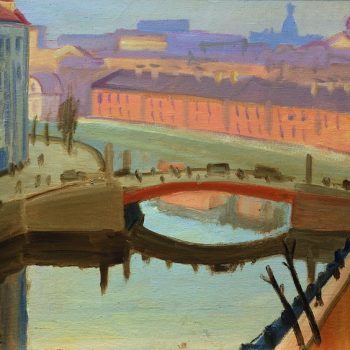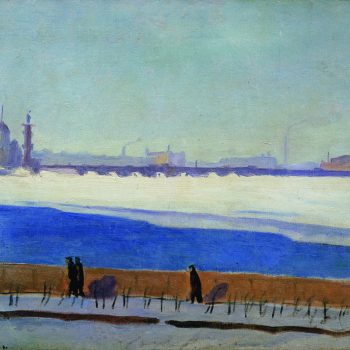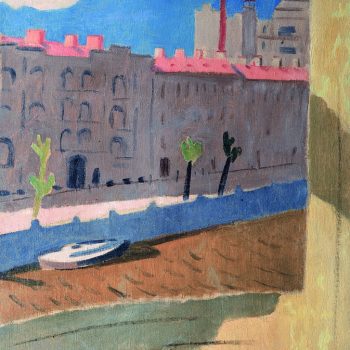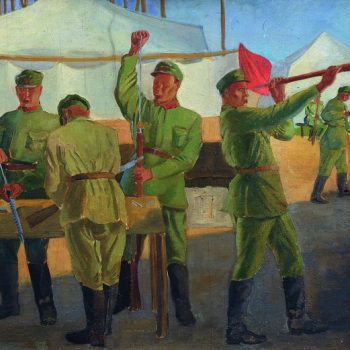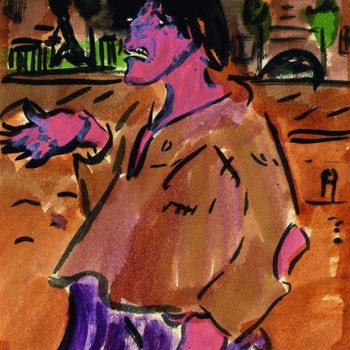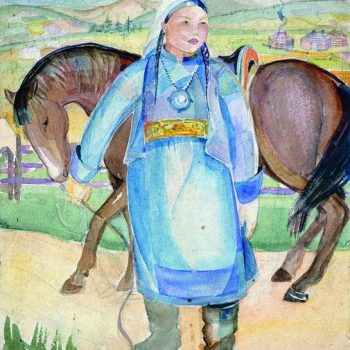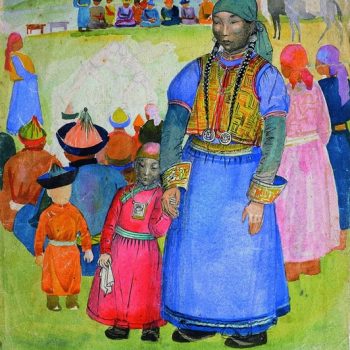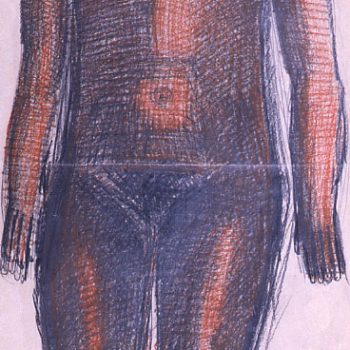1920s-1940s
The paintings and drawings of 1920s–40s by Leningrad artists, the gem of the Museum collection, are an outstanding example of artistic culture typical of that period.
The achievements of the ‘School of Leningrad’ resulting from their creative experiment became a kind of manifesto for an entire generation of artists all over the world. In fact, having accumulated many most seminal ideas that dominated in the then art, Leningrad laid the foundation of the Russian Avant-garde. The aesthetics of revolutionary changes in culture, which had established itself in the City on the Neva, spread far beyond its confines, exerting an enormous influence on the artistic conceptions of the second half of the twentieth century.
Among the works of that period in the collection are the emotionally charged cityscapes by Nikolay Lapshin and Vladimir Grinberg. The portraits by Vera Zenkovich and Victoria Belakovskaya betray the tradition of the monumentalized image, created by their teacher, Kuzma Petrov-Vodkin. His influence can also be discerned in the canvases of Victor Proshkin and Pavel Ab, although absolutely different in manner, gravitating towards thematic painting. The Museum also has Kseniya Klementyeva’s brilliant easel graphics of the late-1920s–1930s, Alexander Vedernikov’s refined watercolors of the 1930s, and drawings by Pelageya Shuryga. Her early futuristic works of the 1920s, nudes of the 1940s and works of a later time, acquired in 2005, were quite an eye-opener to the spectators.

